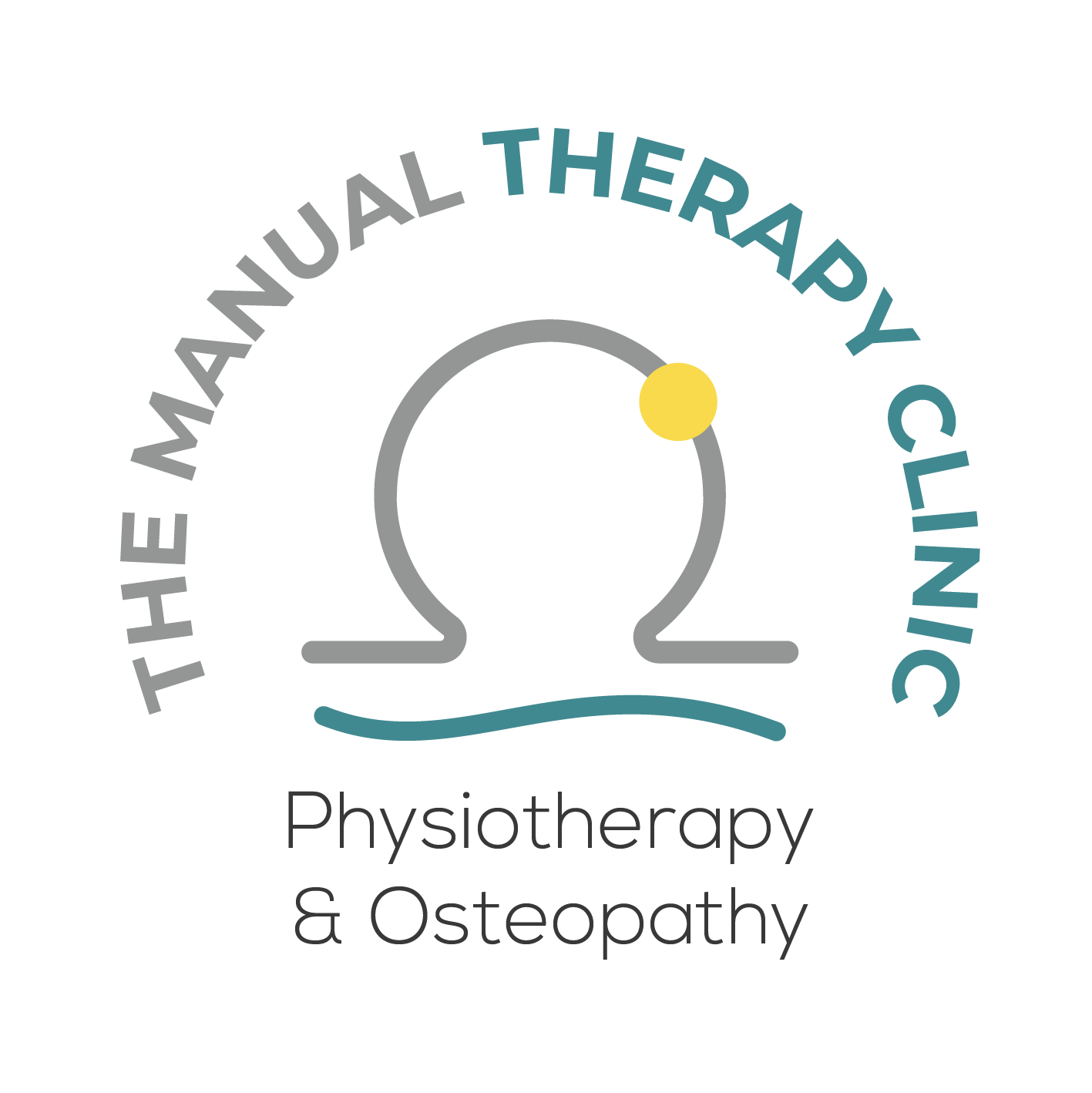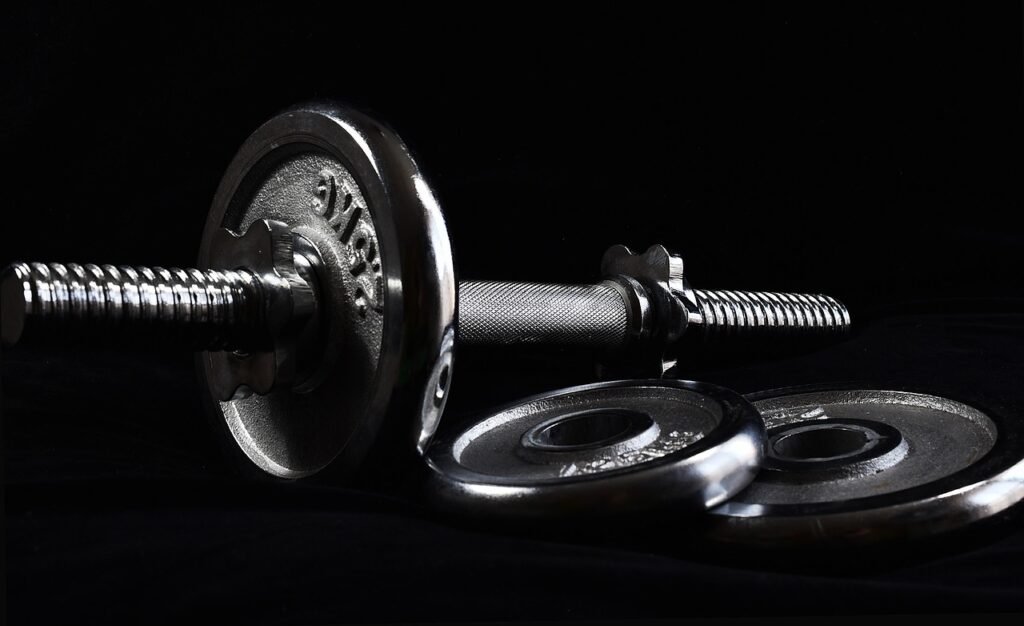
25 Oct What is Lumbago? Causes and Treatment
What is lumbago? This is a lesser used term for lower back pain, normally located in the back region between the lower ribs and the glutes. Sometimes, the pain may also radiate to the lower parts of the body.
Lower back pain is one of the most frequent pains in the world. According to studies, more than 80% of the Western population will experience lumbago at some point in their life. In many countries, it is one of the main causes of absenteeism.
Why is this pain so common? Well, the answer is fairly obvious: the lower back carries the weight of our body. And that’s a pretty heavy burden, isn’t it?
Are you suffering from this kind of back pain? I would recommend you read on if you want to understand the meaning of lumbago, as well as its causes, symptoms and treatment.
Well, this is not an easy question to answer to be honest. Lumbago can be caused by multiple factors. In fact, in the great majority of cases, it’s really difficult to diagnose.
This post has not been written to add more confusion to the matter. Our goal is to find answers to your questions, so we’ll simply focus on the guidelines which will help you understand lumbago.
Here are the top four causes of lumbago:
- Muscle overuse. When lifting a heavy load for a long period of time.
- A sudden impact. One single event can cause lumbago.
- Repetitive movements. Bending over multiple times can cause lumbago.
- Poor or incorrect posture. Especially if maintained over time.
In some cases, there isn’t just one cause of lumbago. It can be a combination of two or more of the above. For example, when doing repeated deadlifts at the gym with heavier loads than you are used to. Pain is not only caused by repetitive movements but also an overuse of the muscles.
It’s important to highlight that these are only some of the most frequent reasons for lumbago but, as stated previously, they aren’t the only ones. So, I hope this post gives some clues to understanding what lumbago is, but always seek the assistance of a professional to diagnose it properly.
Symptoms of Lumbago
As obvious as it may seem, intense lower back pain is the most evident symptom of lumbago, but it’s not the only symptom. There are others that can help us diagnose lumbago. Some of the most common are:
- Stiffness in the affected area
- Reduced mobility
- Inability to straighten up
- Pain aggravated when walking or standing standing up
-
-
Lumbago And Sciatica: Are They the Same?
Although their symptoms are similar (lower back pain), lumbago and sciatica are different. So, the question arises: how can they be distinguished if the pain radiates from the same place?
Again, there’s no easy answer. But there are some clues which can help us diagnose from which you are suffering. Let’s list them here as this information may be of use when you go and see a specialist. Knowing this could make the diagnosis easier and the treatment faster.
Location
This is the most obvious difference. As stated at the start of this article, lumbago is mainly located in the lower back. Sometimes, it may radiate to the buttocks or even lower. But, as a general rule, it never goes further than the knees.
Sciatica, however, can extend to the legs and heels. In fact, with sciatica, the pain can even be confined to a single leg.
Origin
The origin of lumbago is muscular. We talked about the most common causes earlier. Sciatica, on the other hand, is generally caused by the compression of lumbar nerves.
Intensity
To a certain extent, this is subjective. How can intensity be measured? It depends on the person and how they perceive the pain. But, as a rule, lumbago is less painful than sciatica.
Frequency
Lumbago is much more common than sciatica. As I said, practically almost all of us will suffer lower back pain at some point in our lives. So, in principle, you shouldn’t be too alarmed.
Treatment Options for Lumbago?
Once lumbago has been identified, I would recommend visiting a specialist as soon as possible. The sooner you begin treatment, the quicker you will be able to return to a life without pain.
Lower back pain can be extremely wearing and, if you don’t get it treated quickly and effectively – that is, with the help of professionals – it can drag on for several weeks and could even develop into something more dangerous to your long-term health.
One of the best options is to visit a physio. By combining various techniques, physiotherapists can provide fast and effective relief from lumbago.
In addition to these techniques, we have a secret weapon at our disposal that no other physio in Edinburgh has…the incredible support of INDIBA® technology, one of the best brands in the world of physiotherapy for providing the patient with sweet relief, right from the first session.
If you’ve made it this far and recognise the symptoms described throughout this article, please don’t hesitate to get in contact with us. Schedule an appointment and say farewell to your lower back pain.
Believe me. I have been treating patients with this type of pain for more than a decade.
Is There Any Way to Prevent Lumbago?
If you already have lumbago, I am really sorry. Nobody can guarantee this pain isn’t going to rear its head again. To be completely honest, it’s very probable that you will have another episode in the future.
However, here are some tips that you can follow to reduce the likelihood of another lumbago attack. Put them into practice, it’s likely that the pain will not reappear in the short-term. At the very least, you’ll be able to reduce the frequency.
Check these out:
- Do regular physical exercise
- Do core strengthening exercises
- Correct your posture (especially in the workplace)
- Avoid stress (meditation is a good option!)
- Lose some weight
- Avoid a sedentary life and excess
- Buy a good mattress.
If you already do sport or physical activity regularly (weight lifting in particular), we’d also recommend you refine your technique when it comes to lifting dumbbells.
Remember: some of the most common causes of lumbago are sudden movements, impacts or incorrect repetitive movements.
More Questions about Lumbago?
I’ve done my best to clarify some of the most frequently asked questions that we receive in the clinic about lower back pain and lumbago.
However, if you have any other questions, don’t hesitate to contact me at any time. You can reach me by email at hello@themanualtherapyclinic.uk, complete the contact form on this website or send me a PM on Facebook or Instagram. I’d be delighted to help you!
Thanks for reading. If this was helpful and you’d like to explore other topics that I cover in this blog, you’re more than welcome to browse until your heart’s content. Hope you enjoyed the read!
**DISCLAIMER**
Although I am a physiotherapist, I am not your doctor. The content of this blog is written for informational purposes to help people better understand lower back pain. However, this is not intended to substitute the healthcare advice from your own doctor.




No Comments